‘Titian: Love, Desire, Death’ at the National Gallery in London
‘Titian: Love, Desire, Death’ is a highly selective yet magnificent exhibition dedicated to Titian’s celebrated series ‘poesie’.
The universally acclaimed show was originally due to close on 14th June 2020. However, after the museum had to shut down in March because of the lockdown, the National Gallery announced an extension of the exhibition up to 17th January 2021. The Lot-Art team had the pleasure to visit and is delighted to share with you some insights on this terrific retrospective.
Although featuring some other magnificent works by Titian, the exhibition highlights are seven paintings that truly embody the artistic complexity and historical significance of the Renaissance master. These large-scale mythological paintings, known as ‘poesie’, were conceived by Titian as a cohesive series derived from Ovid’s poem ‘Metamorphoses’ – one of the most significant literary sources from ancient Rome which provided a great deal of inspiration for Old Masters artists.
The series was commissioned to Titian by the 21-year-old Prince Phillip of Spain and was executed between 1551 and 1562. For the first time over four hundred years, all the paintings are reunited in the same room, making this exhibition a once in a lifetime experience.
Titian was famous as an erotic painter and pioneer of the female reclining nude, at a time when religious paintings dominated the artistic scene. Philip was a famous art collector and an eager consumer of erotic art. Therefore, it does not surprise that the series is an ode to women, in all their fleshy glory.
The exhibition reunites Danaë (1551-3), Venus and Adonis (1554), Perseus and Andromeda (1554-6), Diana and Actaeon (1556-9), Diana and Callisto (1556-9), Rape of Europa (1562) and Death of Actaeon (1559-75) - a later unfinished work, also intended as part of King Philip’s series, which marks the end of the exhibition path.
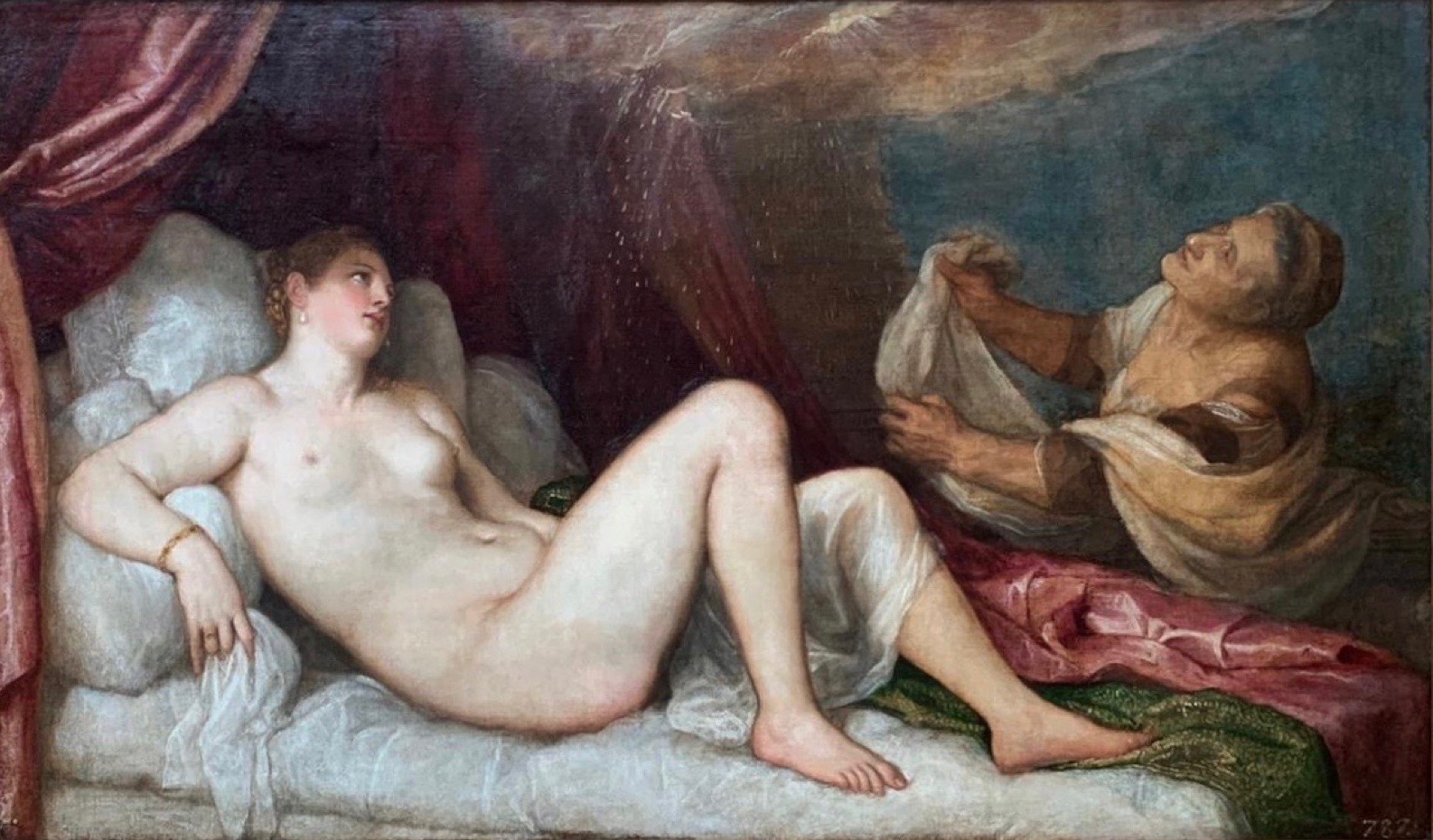 Titian, Danaë (ca. 1551-1553)
Titian, Danaë (ca. 1551-1553)
Titian, Danaë (ca. 1551-1553)
Oil on canvas, Wellington Collection at Apsley House, London
The Danaë is the first painting that Titian sent to Madrid for his patron. The richly textured scene is taken up almost entirely by the nude Danaë. She is presented in the most sexually graphic pose, legs parted and lips agape, as she is impregnated by Jupiter in the form of a “golden shower”. Left: Titian, Venus and Adonis (1554); Right: Titian, Perseus and Andromeda (ca. 1554-1556)
Left: Titian, Venus and Adonis (1554); Right: Titian, Perseus and Andromeda (ca. 1554-1556)
Titian, Venus and Adonis (1554)
Oil on canvas, Museo Nacional del Prado, Madrid
Titian’s power as a storyteller is perhaps at its height in Venus and Adonis. Adonis was a beautiful, young royal orphan, who spent his time hunting. Venus felt in love with him by mistake after one of Cupid's arrows hit her in front of the young man. Titian presents the myth is probably the most striking momentum of the two lovers’ story. Venus is trying to restrain her lover from going off to the hunt as she knows a tragedy is about to occur. She clings to him, while Adonis’ dogs strain at their leashes, echoing the young man impatience. In the background, Cupid is sleeping as a symbol of Adonis's resistance to Venus's demands. Adonis will indeed leave his lover in despair and, as predicted, during the hunt the young man will be fatally gored by a wild boar.
Titian, Perseus and Andromeda (ca. 1554-1556)
Oil on canvas, The Wallace Collection, London
The third picture that Titian delivered to Philip of Spain tells the story of the rescue of the Ethiopian princess Andromeda by the hero Perseus. Perseus is depicted descending from the skies to kill a sea monster that was threatening the princess's life. Andromeda, stands naked, chained to a rock as a sacrifice to the monster. She is terrified, yet she is incredibly suggestive. The painting’s foreground is just as compelling - fierce cliffs give way to foreign waters agitated by the thrashing monster, while a placid blue skies beckon in the distance, giving the hint of a successful ending to Perseus’ intervention.
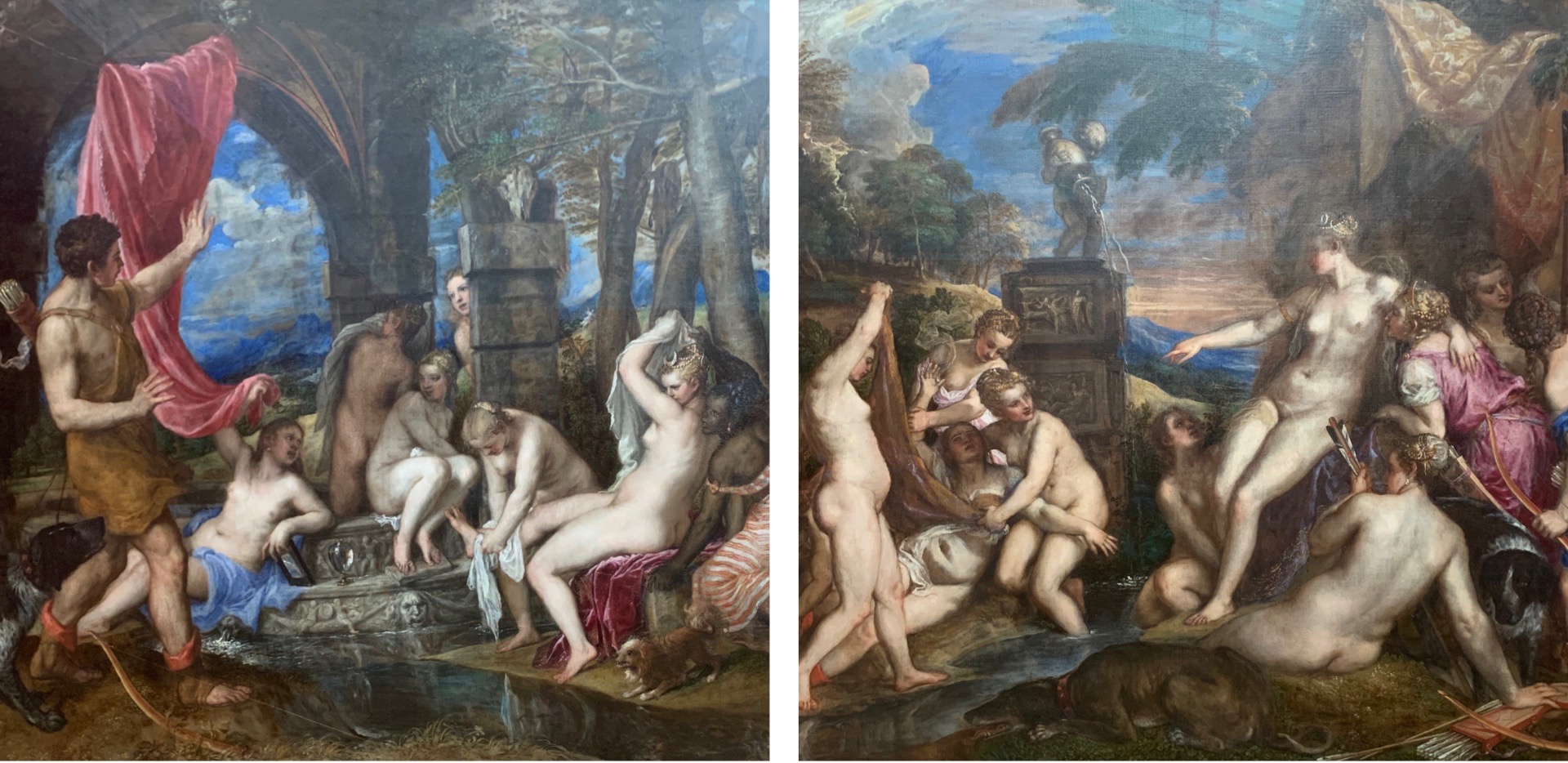
Left: Titian, Diana and Actaeon (1556-1559); Right: Titian, Diana and Callisto (1556-1559)
Titian, Diana and Actaeon (1556-1559)
Oil on canvas, The National Gallery, London
Diana and Actaeon is a painting about the power of seeing and being seen, it is about the glaze of both characters and viewers. The painting presents the story of another innocent who was caught up in the drama of the gods, the handsome hunter Actaeon. The young man is depicted while he has pulled aside a pink curtain and accidentally intruded on the goddess Diana and her nymphs bathing. The myth is exquisitely rendered by Titian not only in the technical quality of the textures of skin, water and cloth, but most of all in how he conveys the pathos of the scene - horror, anger and intrigue play across the peoples’ faces, in an intense psychological scene. Diana will show no mercy towards the reprobate hunter and Actaeon’s tragic end will be revealed in the last picture of the exhibition, The Death of Actaeon.
Titian, Diana and Callisto (1556-1559)
Oil on canvas, The National Gallery, London
Diana and Callisto is another dramatic, heartbreaking scene, that Titian conceived as a pair with the Diana and Actaeon. Callisto, one of Diana’s nymphs, had been raped by Jupiter in the form of the goddess Diana herself. Titian depicts the dramatic moment in which her sin was revealed. She is held still by her peers who denounce her pregnancy to the chaste goddess. The red-eyed victim, who could only be blamed for her unfortunate fate, instead of being comforted is exposed and cast out by the other nymphs. Such an atrocious act invites the modern viewer to reflect on the profound ethical themes of abuse, shame, and condemn.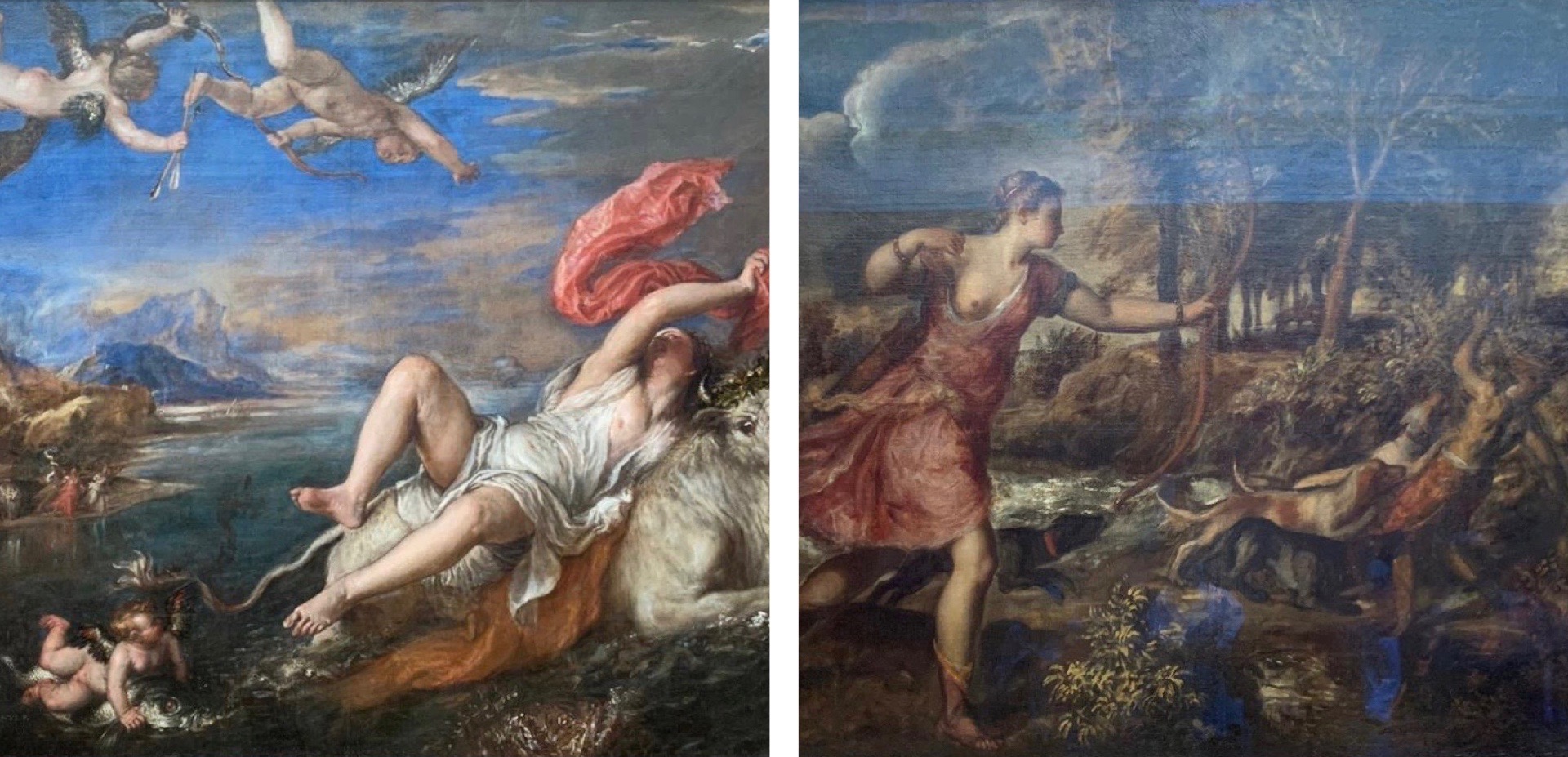
Left: Titian, Rape of Europa (1562), Right: Titian, The Death of Actaeon (1559-1575)
Titian, Rape of Europa (1562)
Oil on canvas, Isabella Stewart Gardner Museum, Boston
Infatuated with the beautiful Princess Europa, Jupiter turned into a beautiful white bull and appeared on a seashore where she was playing with her handmaids. Finding the animal tame, Europa gained confidence and played with him entwining flowers around his horns. The moment she climbed on his back playfully, Jupiter seized the opportunity and dragged the scared girl away into the sea. Titian depicts the exact moment of Europa’s abduction. Her face is covered in fear, while her beautiful youth naked body is very much on show. The bull’s freaky eyes look straight at the viewer. Europa is terrified as she senses something horrible is about to happen. This painting was very much desired by Isabella Stewart Gardner who, through her friend and art advisor Bernard Berenson, managed to acquire the masterpiece from the London-based gallery Colnaghi. Berenson said of Isabella ‘she lives at a rate and intensity, with a reality that makes other lives seem pale, thin and shadowy’, just as this striking scene does when hung along with less outspoken canvases.
Titian, The Death of Actaeon (1559-1575)
Oil on canvas, National Gallery, London
The exhibition ends with The Death of Actaeon. The unfinished work is a continuation of Diana and Actaeon’s story and shows the goddess seeking revenge on the hunter. Diana is depicted while turning him into a stag. Actaeon’s hounds, not recognising their master, are about to thorn him apart. It is a painting about justice and is the most fitting epilogue to the series of excessive, unfair scenes presented in the earlier works.
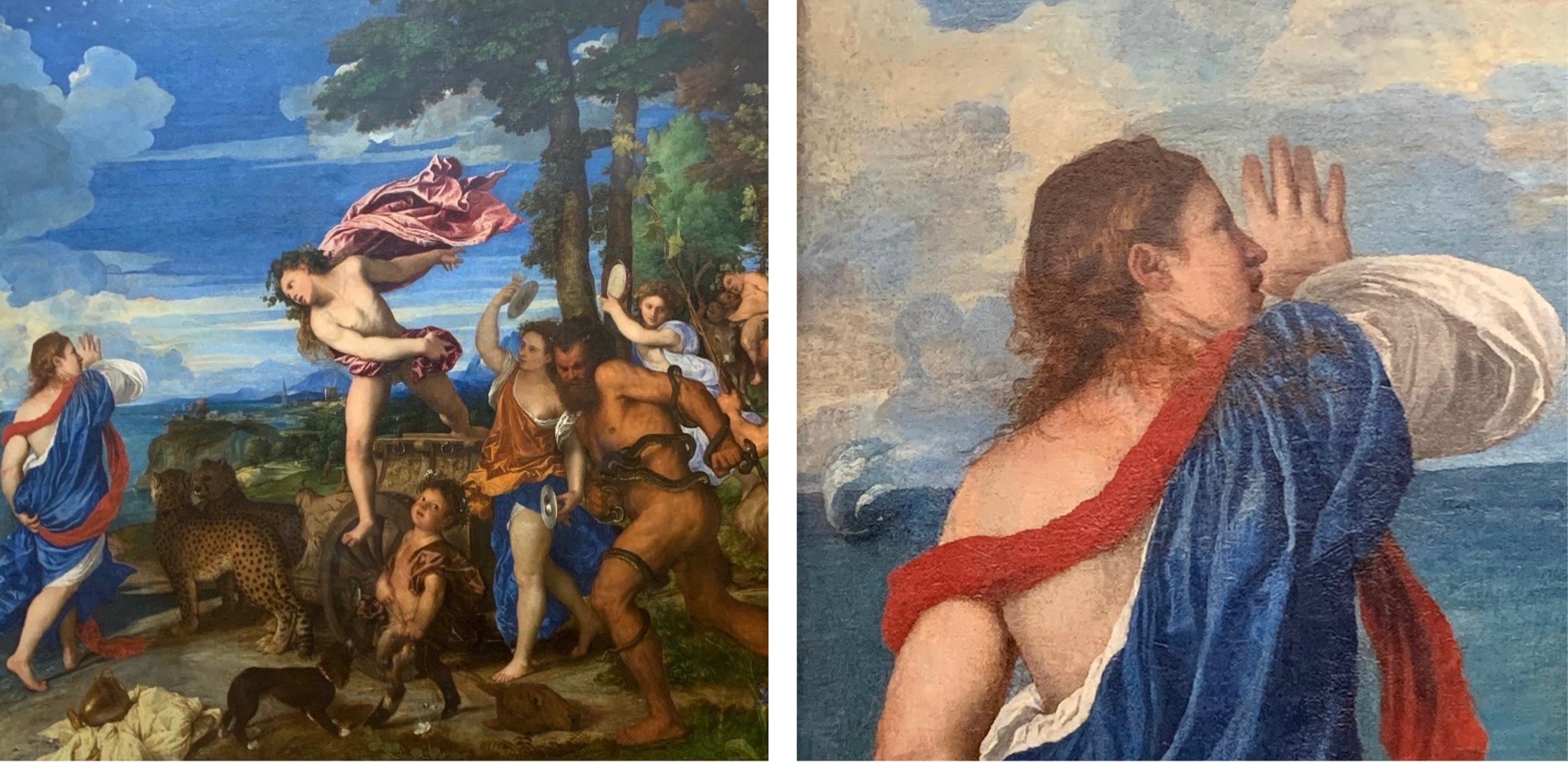
Titian, Bacchus and Ariadne (1520-1523)
Titian, Bacchus and Ariadne (1520-1523)
Oil on canvas, National Gallery, London
Although the focus of the exhibition was on the amazing ‘poesie’ described above, a few other pivotal artworks from Titian’s oeuvre were also included. One of the most notable is Bacchus and Ariadne - part of the permanent collection of the National Gallery of London. Titian was a great innovator, not only in the way he presented new, subversive subject matters but also in the technique of painting he used. He was one of the first Italian painters to experiment with the newly invented support of canvas, instead of wood. But perhaps, he is even more celebrated because of the vibrant array of colors he employs in his paintings, and which is particularly noticeable in the Bacchus and Ariadne. He painted this workaround 1520-1523 - about thirty years before he was commissioned the ‘poesie’ series by Philip of Spain. Already at the time, Titian was doing large use of Ovid’s ‘Metamorphoses’ as an inspirational source for his paintings. Here he depicts the dramatic moment of Theseus and Ariadne's story, in which the hero abandons his lover on an island and sail away. The girl, betrayed and heartbroken, is soon met by the god Bacchus who will fall for her and cure her despair.
SELECTED BEST DEALS AT AUCTION
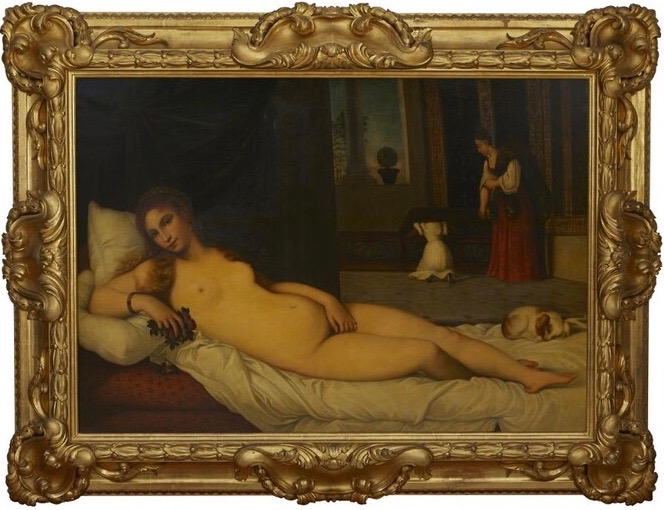
After Tiziano Vecellio, called TITIAN (1490-1576) - Venus of Urbino, 19th century
After Tiziano Vecellio, called TITIAN (1490-1576) - Venus of Urbino, 19th century
Oil on canvas, in a 19th century Florentine carved and giltwood frame. 114 x 163.5cm; 160 x 210 cm (frame). See Date & Price Estimate...
Compare past auction results for similar artworks » [Artwork 1]
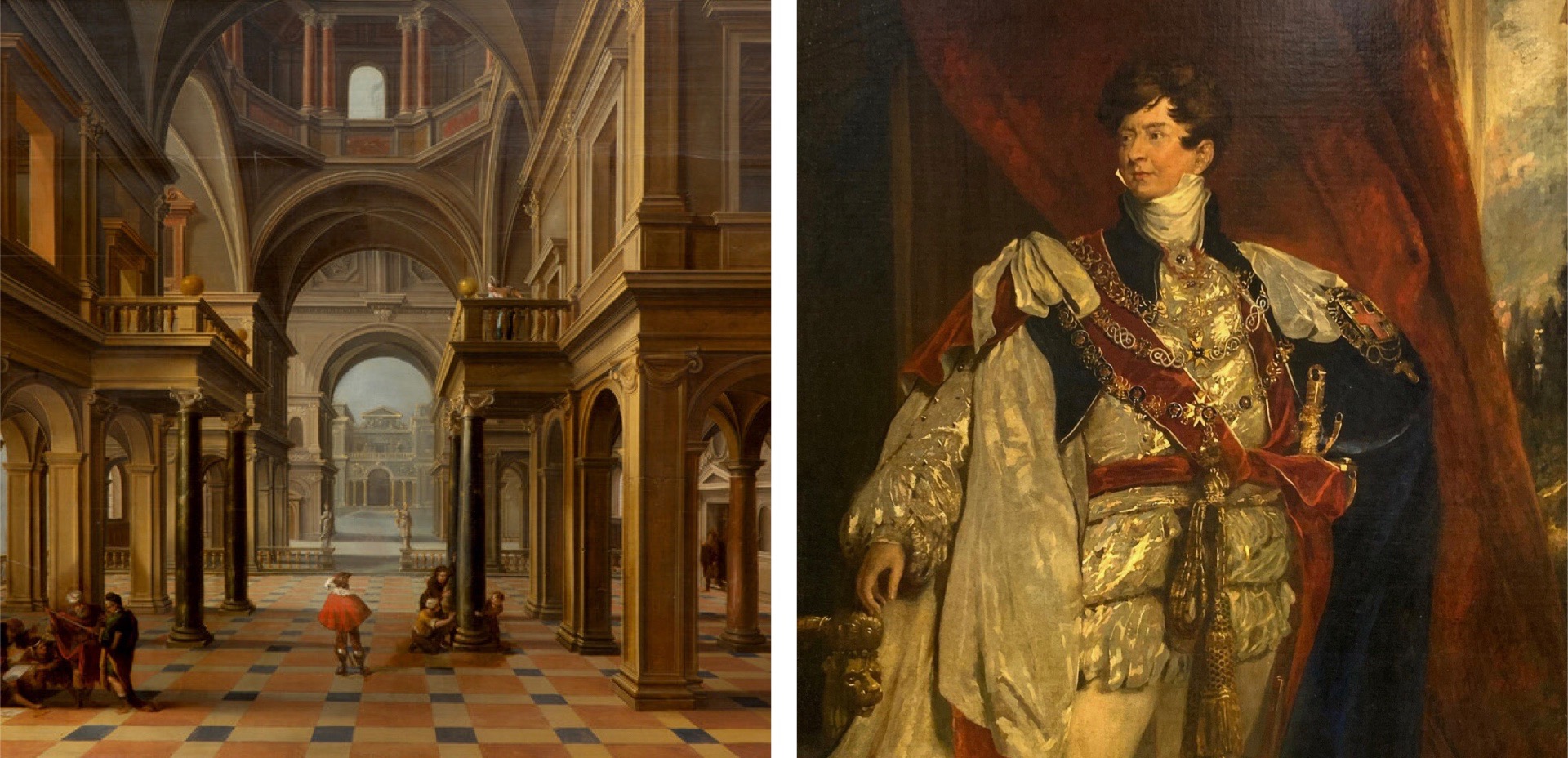 Left: Bartholomeus van Bassen - A Renaissance church interior; Right: Sir Thomas Lawrence - Portrait Of King George IV
Left: Bartholomeus van Bassen - A Renaissance church interior; Right: Sir Thomas Lawrence - Portrait Of King George IV
Bartholomeus van Bassen (1590-1652) - A Renaissance church interior
Oil on panel, 83x124 cm. Remnants of a signature (lower left on the pedestal). Little is known about the Golden-Age painter Bartholomeus van Bassen (1590–1652). There is however reason to believe that Van Bassen is of Flemish origin, because his style can be linked to certain interior painters from Antwerp such as Pieter Neefs I (1578/90–1656/61) and Hendrik van Steenwijck II (1580–1640). See Date & Price Estimate...
Compare past auction results for similar artworks » [Artwork 1]
Sir Thomas Lawrence (1769-1830) - Portrait Of King George IV
Rare And Important Oil On Canvas Portrait Of King George IV, Attributed To Sir Thomas Lawrence, In Heavy Gilt Wood Frame; 49 X 79.5. See Date & Price Estimate...
Compare past auction results for similar artworks » [Artwork 1]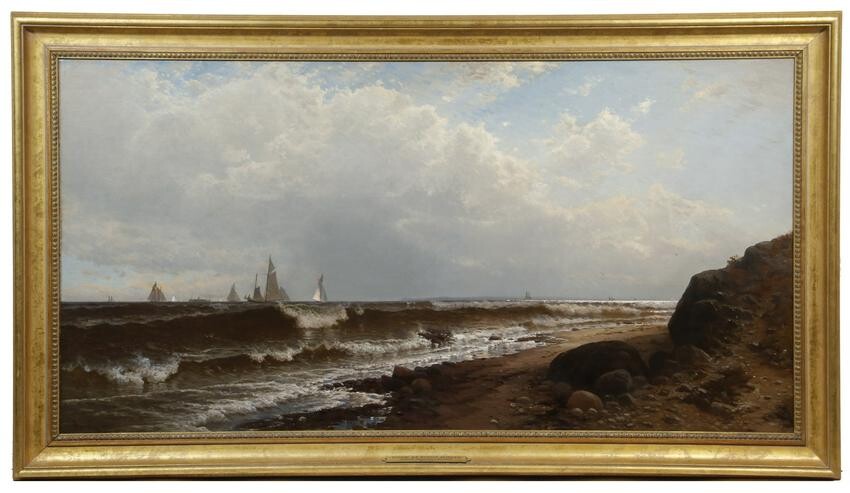 Alfred Thompson Bricher (1837-1908) - Noon at Point Judith
Alfred Thompson Bricher (1837-1908) - Noon at Point Judith
Alfred Thompson Bricher (1837-1908) - Noon at Point Judith
Oil on canvas. Signed lower left and dated '77, titled on Vose Galleries of Boston label verso and on frame label, with a record of two restorations, the first in 1928, depicting the busy sea lane leading to Newport, looking down to the point from the north, with multiple craft, under a summer sky, housed in a modern gilt cove frame, OS: 31 1/4" x 55 1/4", SS: 25 1/4" x 49 1/4". See Date & Price Estimate...
Compare past auction results for similar artworks » [Artwork 1], [Artwork 2],[Artwork 3]
AUCTION HIGHLIGHTS
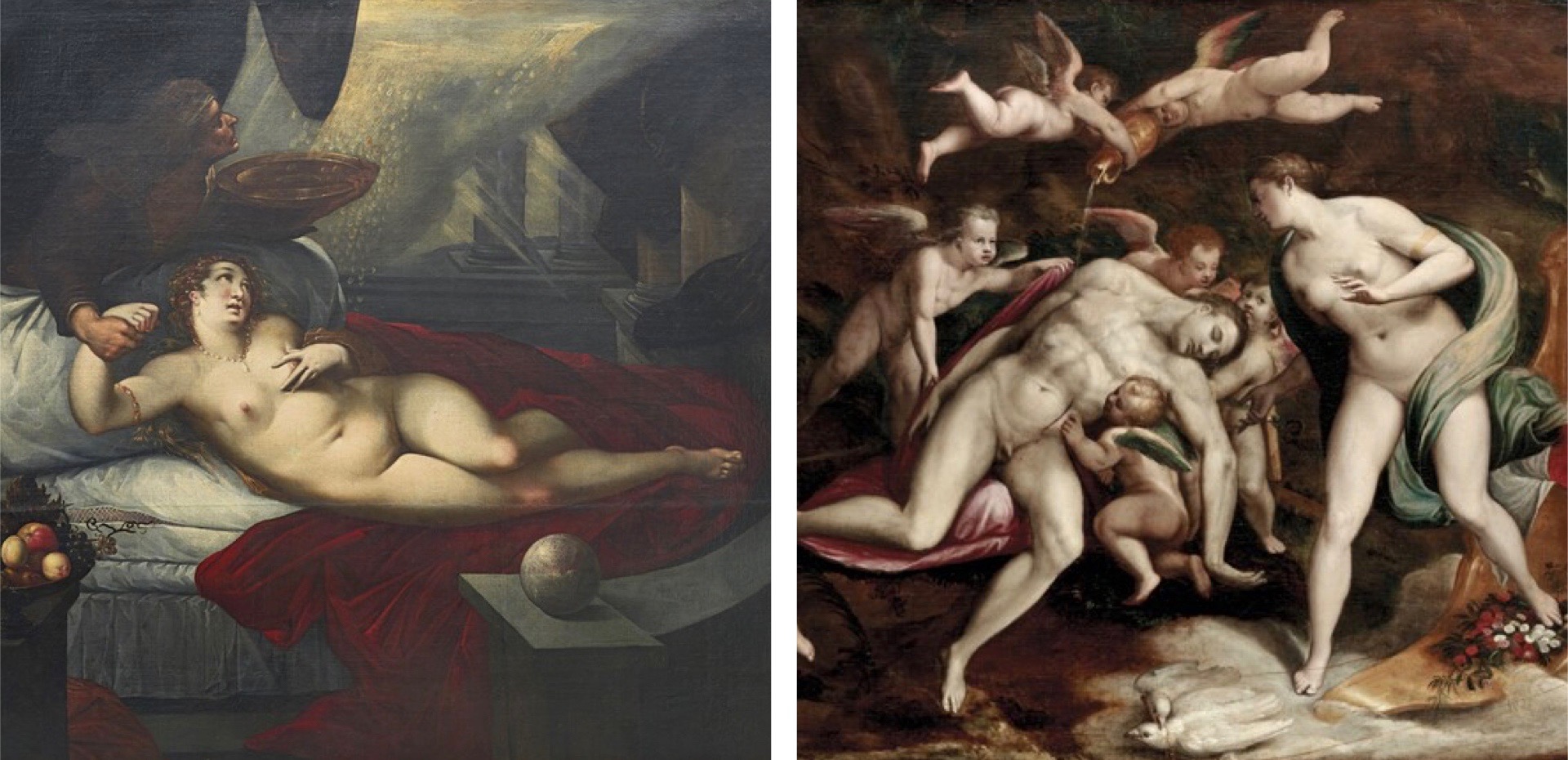
Left: Danaë; Right: Venus discovers the body of Adonis, 1550-1560 circa
Danaë
Oil on canvas. 56.30 x 79.72 in. Artwork accompanied by a photo certificate by Amadore Porcella who attributes the painting to Lambert Sustris. See Date & Price Estimate...
Venus discovers the body of Adonis, 1550-1560 circa
Oil on canvas. 35.63 x 53.74 in. Artwork in a beautiful carved gilt-wood frame, restored and re-lined. The canvas, coming from a prestigious Roman private collection, seems to be a forerunner of the canvas already documented in the Mallandrino Collection (Messina) by Anna Chiara Fontana and dated around 1560. See Date & Price Estimate...
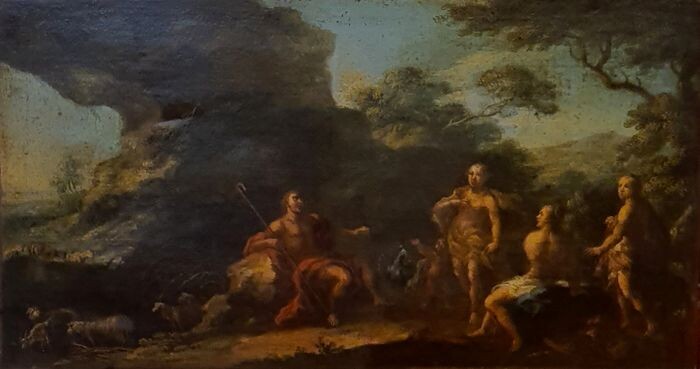
Nicola Viso - Landscape with Figures
Nicola Viso (1724-1742) - Landscape with Figures
Oil on canvas. Signed. Size without frame: 35 x 60 cm. Size with (complimentary) frame: 38 x 63 cm. A pair of oil paintings on canvas depicting landscapes with characters by the Neapolitan painter Nicola Viso. One has the initial N. on the bottom right. The other one reads Viso f. on the bottom right. See Date & Price Estimate...
LOT-ART SERVICES FOR COLLECTORS
Saved-Searches and Personalized Alerts: Save all your keywords to quickly run your favorite searches in a single click. At your discretion, we can then send you email alerts when new lots matching your saved-searches are available, so you will always have the most updated overview of the art market. Be the first to know when your favourite lots are for sale with customized alerts! On the page header click on "My Searches" -> "Create New Search".
Art Investment Advisory: proposing a financial approach to art collecting, Lot-Art offers a synergic cluster of tools for optimal investment decision-making in art-related assets. Lot-Art can help you selecting artworks & luxury collectables with the highest degree of liquidity and opportunity of return. This service will best serve privates and institutions who wish to invest in art as an asset class but don’t have the expertise to unveil and select the best deals in the global art market, Download the Art Investment brochure.
Valuate & Sell: you can appraise for FREE the value of your art & collectibles with the purpose of selling at auction. Disclose the monetary value of your assets, request a free valuation »
Buy Now: Lot-Art has added, aside to auctions browsing, the opportunity to search artworks and luxury collectibles from trusted private collectors, artists and galleries. If you are not yet acquainted with the thrill of bidding at auction you can just buy selected artworks and luxury assets in perfect relax proposing your offer through the Lot-Art Gallery.
Wish List: Save your preferred lots in your Wish List to access them quickly, before and after the auction. We can also send you a reminder to place your bid before the auction date, so you will never miss a sale! Your Wish List is also a perfect tool to catalogue your purchases: to record the date, location and sale price of the items in your collection.
Sold & Aftersale: LOT – ART offers the opportunity to search through unsold auction lots in the Aftersale section. Use it to directly get in touch with the auction house if you are interested in negotiating a purchase. In our Sold Section, you will find historical price information recorded at auction, useful information before finalizing your bid.
Catalogue Search: Browse catalogues by auction house and Country clicking on "AUCTIONS" in the homepage header.
LOT-ART | The Art Investment Platform
Other interesting articles
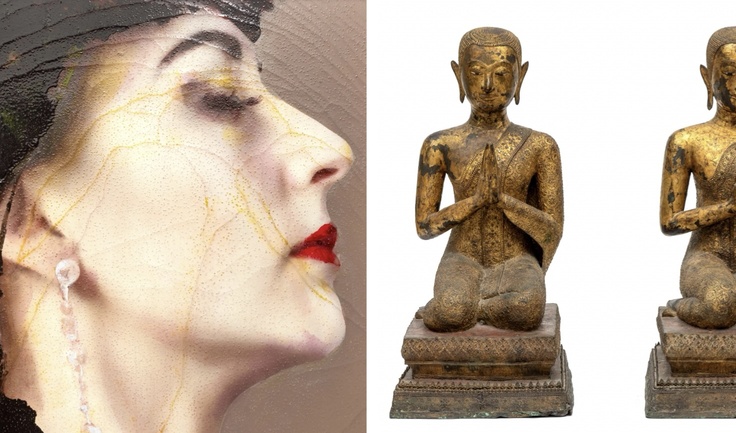
|
Thu Apr 25 2024
Art and Antiques at De Zwaan, AmsterdamDe Zwaan, Amsterdam presents the Spring Art and Antique Sale on April 30th - May 15th. The sale features fine art, Asian art, classic furniture, jewellery, watches & clocks, Tribal art and varia. Discover the Auction Highlights or browse the full catalogue here » SELECTED LOTS LEFT: Walasse Ting (1929-2010) - "Two women with parrots" Watercolour and Gouache, signed with... |
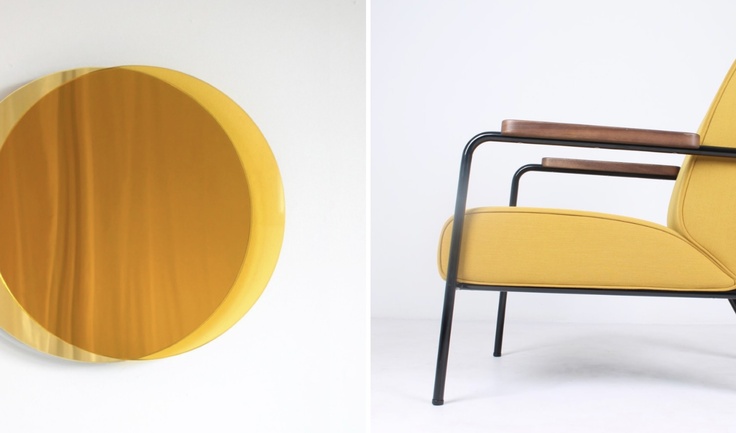
|
Wed Apr 24 2024
Masterly x Catawiki: "Homage" Collection | Exclusive DesignFor the installation at Salone del Mobile 2024, Catawiki and Masterly commissioned contemporary creators to reinterpret design icons. The auction "Homage" - A Tribute in Auction on April 28th is curated by Masterly founder, Nicole Uniquole, and includes the world-famous Eames Lounge Chair reimagined by Stefan Scholten. An auction inspired by the installation at Salone... |
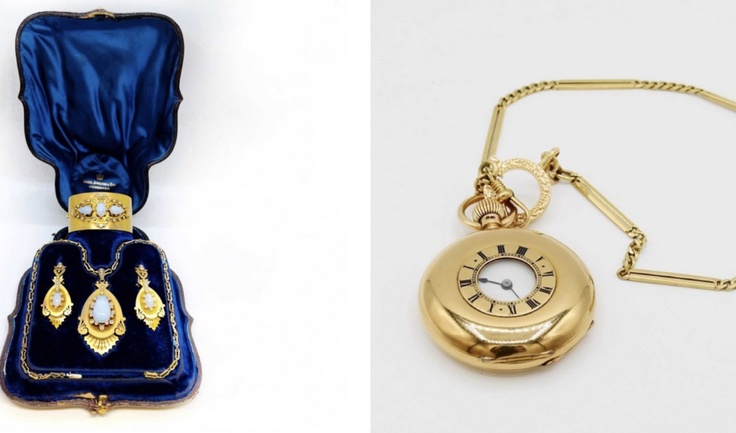
|
Tue Apr 23 2024
A Selection of Jewelry at Casa d'Aste Guidoriccio, ItalyCasa d'Aste Guidoriccio, Italy presents the Auction: "Jewels. A Selection of Jewelry and Precious from Private Collections" on April 30th. Discover the Auction Highlights or browse the full catalogues here » SELECTED LOTS LEFT: Platinum and Diamond Ring, Fabergé Victor Mayer Collection. Diamonds totalling 0.78 ct. Limited series 11/100. See Price Estimate... RIGHT: 750... |
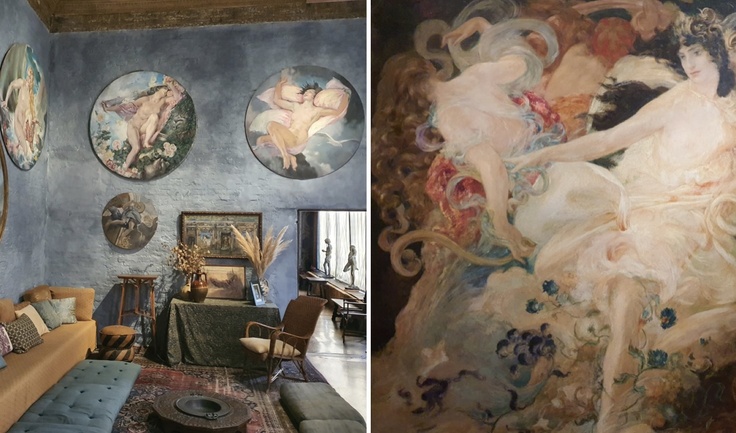
|
Mon Apr 22 2024
Enchantment at Palazzo Fortuny: 'Selva' by Eva Jospin in VeniceLEFT: Photograph of the Mariano Fortuny Y Madrazo Museum; RIGHT: Wagnerian Cycle. Parsifal. The Flower Maidens, Mariano Fortuny y Madrazo, 1896 Mariano Fortuny y Madrazo, born in Granada in 1871, was a renowned Spanish artist celebrated for his innovative contributions in the realms of fashion, photography, and lighting design. Fortuny gained global fame for the... |